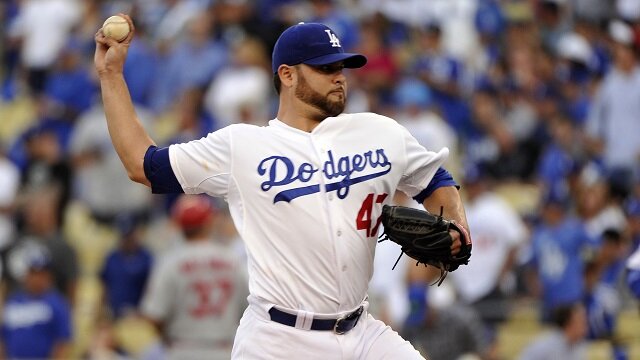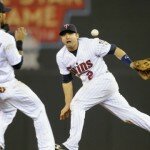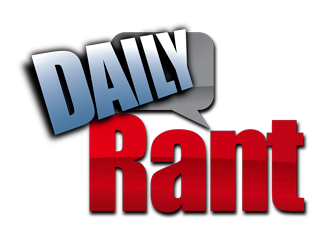The Minnesota Twins have acquired some much-needed pitching help so far this offseason with the additions of Ricky Nolasco and Phil Hughes. While neither Nolasco or Hughes are front-line pitchers, they are certainly upgrades over what the Twins put on the mound last year.
Nolasco was signed to a four-year, $49 million deal with a vesting option for a fifth year. He received the biggest free agent contract in Twins history. Nolasco is coming off a season in which he went 13-11 with a 3.70 ERA with the Miami Marlins and Los Angeles Dodgers. He put up decent peripheral numbers, including a 7.45 K/9 and 2.08 BB/9 in 199.1 innings pitched. His 3.34 FIP suggests that Nolasco outperformed his statistics and was a bit unlucky. His season resulted in a 3.0 fWAR.
Hughes signed a three-year deal worth $24 million on Saturday night. While Nolasco is coming off a good season, Hughes didn’t have the same success in 2013. In just 145.2 innings, Hughes went 4-14 with a 5.19 ERA. He had a better, but not good 4.50 FIP. His peripheral numbers, including his 7.48 K/9 and 2.59 BB/9, are decent, but he was extremely prone to allowing home runs.
Some of his home run problems may have resulted from playing in a very hitter-friendly Yankee Stadium, but his 30.8 ground ball percentage certainly didn’t help his cause. His road numbers indicate that maybe Yankee Stadium got into his head last season. On the road, Hughes’ ERA was just 3.88 while his road ERA was 6.32. Going to a good pitchers’ park like Target Field could make Hughes a solid fourth or fifth starter.
As a team, the Twins were second-worst in MLB with a 4.28 xFIP. The Twins’ starting rotation was even worse, putting up an awful 5.26 ERA and an MLB-worst 4.56 xFIP. The Twins’ starting rotation was laughably bad at generating strikeouts, with a 4.93 K/9. Nolasco and Hughes wouldn’t be huge additions to most other teams, but for the Twins, they could possibly be their no. 1 and two starters. While they profile more as no. 3-4 type starters, the Twins will probably rely on them for much more in 2014.
Based on what the Twins had been working with, it’s safe to say they got much better.















